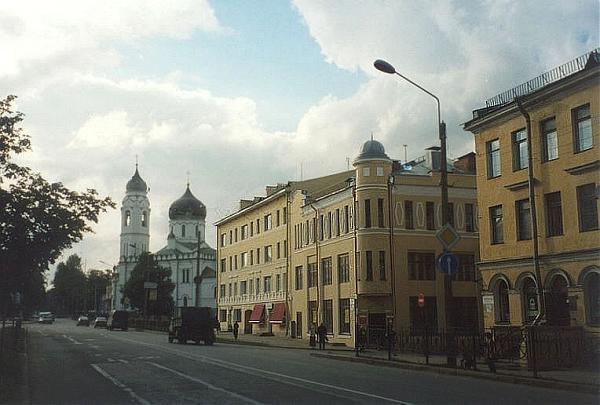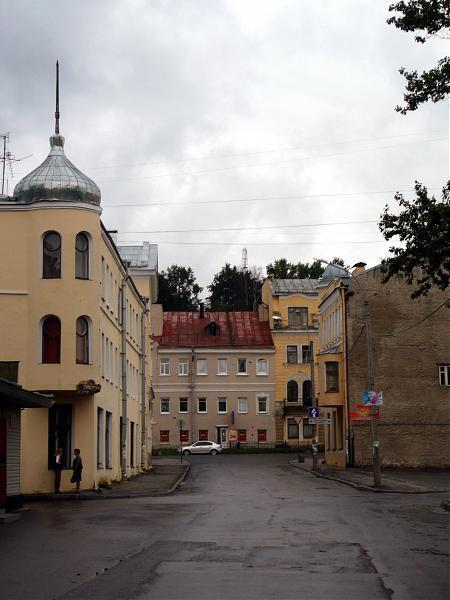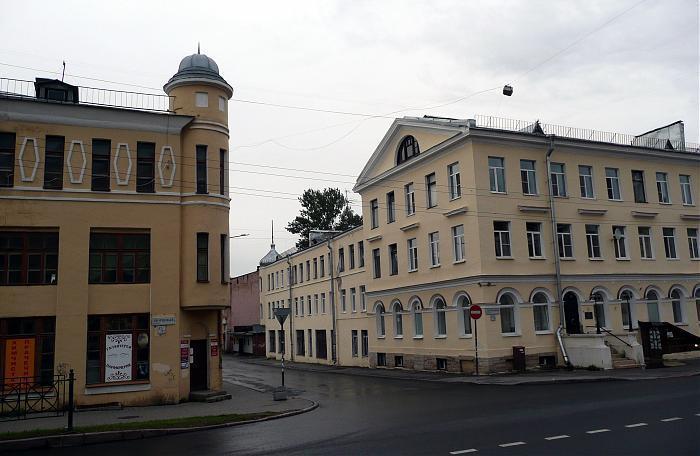Lomonosov is a municipal town in Petrodvortsovy District of the federal city of St. Petersburg, Russia, located on the southern coast of the Gulf of Finland, 40 kilometers west of St. Petersburg proper.
It is the site of an 18th-century park and palace complex. The palace is the only one of the famous palaces in the vicinity of St. Petersburg that was not captured by the Germans during World War II.
It was granted town status in 1710.
Name
The original name of the town is Oranienbaum, which means "orange tree" in German. It was initially applied to the palace complex, which had greenhouses for exotic plants. Its present name honors the scientist, poet and glassblower Mikhail Lomonosov. In 1754, Lomonosov founded a colored-glass factory near Oranienbaum, in the village of Ust-Ruditsa. A third, unofficial name, Rambov is popular among the locals.
The Great Palace with the Lower Park is an outstanding artistic complex of the first quarter of the eighteenth century. It was built in 1710-25 opposite Kronstadt, in the neighbourhood of the royal residence Peterhof, by the architects Giovanni Mario Fontana and Gottfried Johann Schadel and was intended for Alexander Menshikov, a close associate of Peter the Great.
World War II
During the Siege of Leningrad in World War II, Soviet forces managed to establish a foothold at Oranienbaum, in the rear of the German forces. This foothold had a major importance in the launching of the Leningrad–Novgorod Offensive in early 1944, which finally ended the siege.





